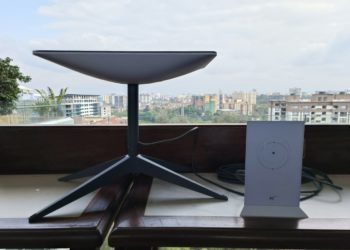As retirement approaches, one of the most critical questions individuals face is whether they will have enough income to maintain their desired standard of living after leaving the workforce. Income replacement ratio (IRR) is a key metric used to assess this crucial aspect of retirement planning.
It refers to the percentage of pre-retirement income that an individual aim to replace during retirement. In other words, it measures how much of one’s pre-retirement income will be needed to sustain a similar lifestyle after retiring.
For example, if someone earns $100,000 per year before retirement and aims for an IRR of 80%, they would seek to replace $80,000 annually during retirement.
Determining the appropriate income replacement ratio is crucial for retirement planning for several reasons:
- Maintaining Lifestyle: Retirement is a time to enjoy the fruits of one’s labor and pursue interests and hobbies. An adequate income replacement ratio ensures that retirees can maintain their desired lifestyle without financial stress.
- Healthcare Costs: Healthcare expenses often increase with age, making it essential to have sufficient income to cover medical bills and long-term care needs during retirement.
- Inflation and Cost of Living: Inflation erodes the purchasing power of money over time. A high IRR accounts for inflation and ensures that retirees can keep up with the rising cost of living.
- Longevity Risk: With increasing life expectancy, retirees need to plan for a retirement that could last several decades. A higher IRR provides a buffer against the risk of outliving one’s savings.
Calculating the income replacement ratio involves several steps:
- Determine Pre-Retirement Income: Calculate your total annual income from all sources, including salary, bonuses, investment income, and any other sources of earnings.
- Estimate Retirement Expenses: Estimate your expected annual expenses during retirement, including housing, healthcare, food, transportation, leisure activities, and any other regular costs.
- Calculate IRR: Divide your estimated annual retirement expenses by your pre-retirement income and multiply by 100 to obtain the income replacement ratio as a percentage.
Several strategies can help individuals optimize their income replacement ratio and achieve a financially secure retirement:
- Start Saving Early: The earlier you start saving for retirement, the more time your investments have to grow. Take advantage of retirement accounts such as 401(k)s, IRAs, and employer-sponsored plans to maximize your savings.
- Invest Wisely: Diversify your investment portfolio to manage risk and maximize returns. Consider working with a financial advisor to develop an investment strategy tailored to your risk tolerance, financial goals, and time horizon.
- Minimize Debt: Pay off high-interest debt such as credit cards and loans before retirement to reduce financial burdens during retirement.
- Adjust Lifestyle: Consider making lifestyle adjustments, such as downsizing your home or cutting discretionary expenses, to align with your retirement income goals.
- Plan for Healthcare Costs: Factor in healthcare expenses when estimating retirement expenses and explore options such as Medicare, Medigap policies, and long-term care insurance to mitigate healthcare costs.


















